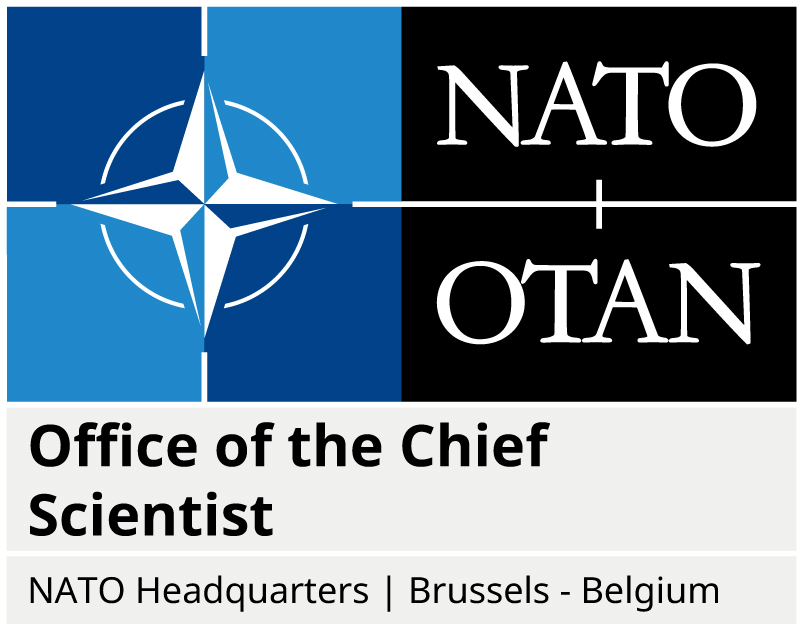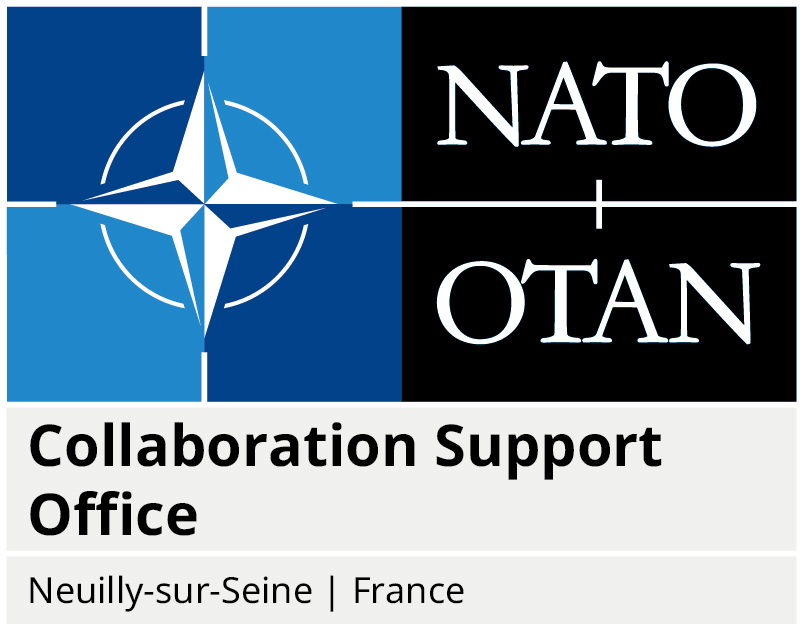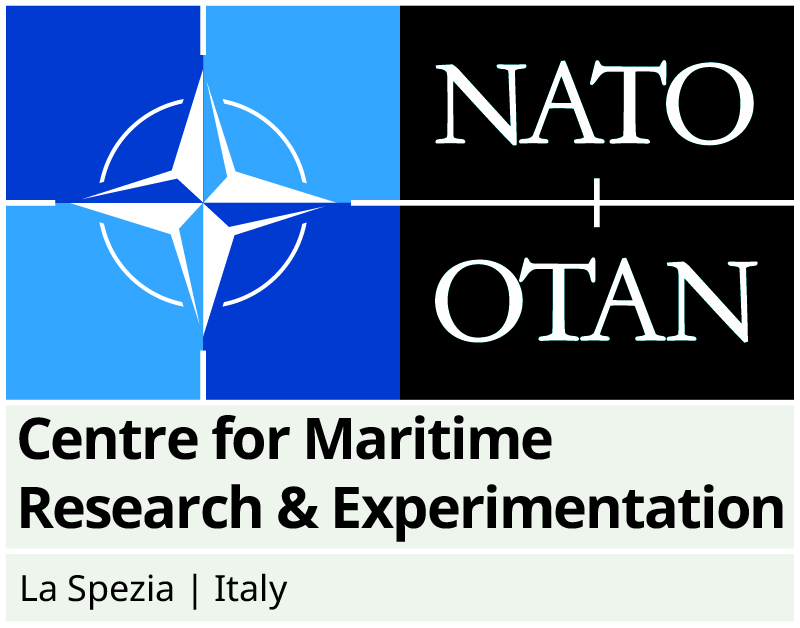About the STO
Science and Technology in NATO
In NATO, S&T is defined as the selective and rigorous generation and application of state-of-the-art, validated knowledge for defence and security purposes. S&T activities embrace scientific research, technology development, transition, application and field-testing, experimentation and a range of related scientific activities that include systems engineering, operational research and analysis, synthesis, integration and validation of knowledge derived through the scientific method.
In NATO, S&T is addressed using different business models:
- The Collaborative business model where NATO provides a forum where NATO Nations and partner Nations elect to use their national resources to define, conduct and promote cooperative research and information exchange.
- The In-House delivery business model where S&T activities are conducted in a NATO dedicated executive body, having its own personnel, capabilities and infrastructure.
There are several instances where this could happen: the S&T Organisation, the Science for Peace and Security Program, and/or the NATO agencies.
The Science and Technology Organization - STO
The STO is a NATO subsidiary body having the same legal status than NATO itself, and created within the framework of the North Atlantic Treaty signed in Washington in 1949. It has been established with a view to meeting to the best advantage the collective needs of NATO, NATO Nations and partner Nations in the fields of Science and Technology. The STO is operated under the authority of the North Atlantic Council which has delegated the operations of the STO to a Board of Directors (the Science & Technology Board – STB) comprising the NATO Nations S&T managers. The STB is chaired by the NATO Chief Scientist who is a high level recognized S&T leader of a NATO Nation, being permanently assigned to the NATO headquarters in Brussels and also serving as the senior scientific advisor to the NATO leadership.
How the STO is Organized
The STO is composed of the STB, the Chief Scientist and the following three
executive bodies. The three executive bodies of the STO report to the STB which exercises the governance over these bodies. The NATO Chief Scientist ensures, daily and routinely, that all the STB’s decisions are complied with by the executive bodies, the CSO and CMRE.

The Office of the Chief Scientist (NATO HQ, Brussels) providing executive and administrative support to the Chief Scientist in exercising his/her three roles as STB Chairperson, Scientific Advisor and head of the Office.

The Collaboration Support Office (Paris, France) providing executive and administrative support to the activities conducted in the framework of the Collaborative business model and its level2 committees and level 3 groups.

The Centre for Maritime Research and Experimentation (La Spezia, Italy) organizing and conducting scientific research and technology development and deliver innovative and field tested S&T solutions to address the defence and security needs of the Alliance. Its mission is centered on the maritime domain but it may extrapolate to other domains to meet customers’ demands.
